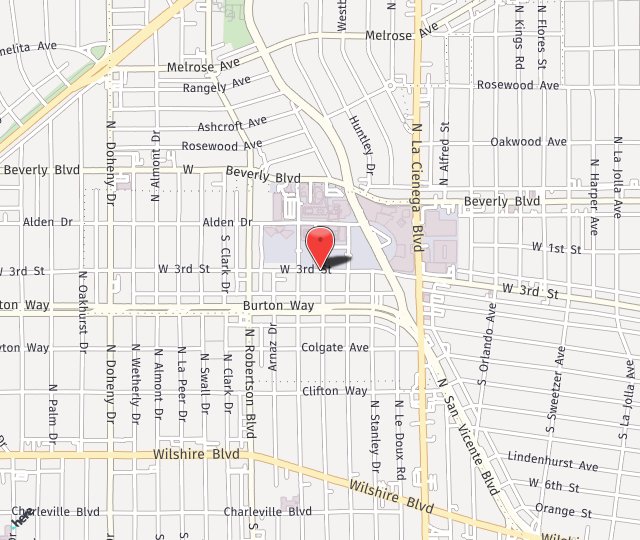Tarsal Tunnel Syndrome
- Posted on: Jun 15 2020

OK. How many of you have heard of the tarsal tunnel? (SFX: CRICKETS)
Ah, we stumped you, eh? In addition to working with nerves and compressing ligaments in these two more famous tunnels, Dr. Seruya also works with the tibial nerve running through the tarsal tunnel.
Where is the tarsal tunnel?
The tarsal tunnel is a narrow passageway inside the ankle that is bound by bone and soft tissue. The tibial nerve runs through the tarsal tunnel. When the tibial nerve becomes compressed in this area, this tarsal tunnel syndrome.
What are the symptoms of tarsal tunnel syndrome?
People with tarsal tunnel syndrome may experience pain, numbness, or tingling. This pain can be felt anywhere along the tibial nerve, but it’s also common to feel pain in the sole of the foot or inside the ankle. This pain can come in these feelings:
- Sharp, shooting pain
- Pins and needle pain
- Feeling of an electric shock
- Burning sensation
Symptoms vary greatly depending on the patient. Some people experience symptoms that progress gradually, or the symptoms can begin suddenly. Physical activity often will aggravate the pain, due to the pressure being placed on the feet, and thereby the tibial nerve.
How is tarsal tunnel syndrome treated?
Rest, icing, compression, and elevation — called RICE treatment — is usually the first course of treatment. From there, steroid injections can reduce inflammation.
But in severe long-term cases, Dr. Seruya may be called upon to perform tarsal tunnel release surgery. During this procedure, Dr. Seruya will make an incision from behind the ankle down to the arch of the foot. He then releases the ligament, and this relieves the pressure on the nerve.
Do you have any symptoms of tarsal tunnel syndrome? This isn’t something to leave alone, as long-term compression can cause permanent nerve damage. Call Dr. Seruya at (310) 423-2129 to schedule an appointment.
Posted in: Tarsal Tunnel Syndrome

